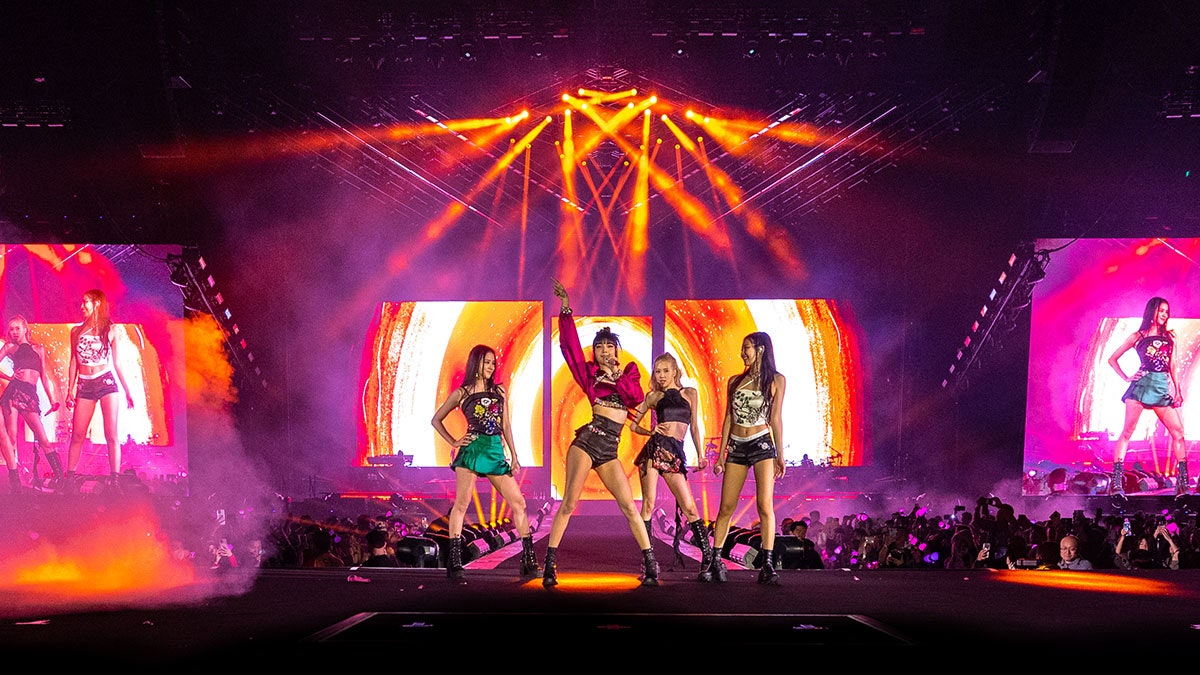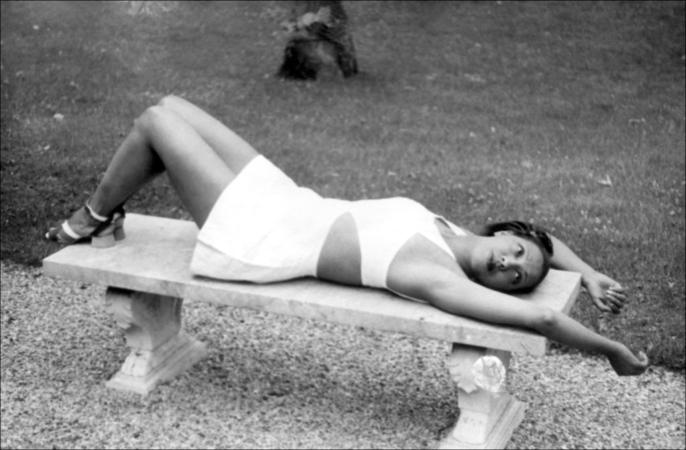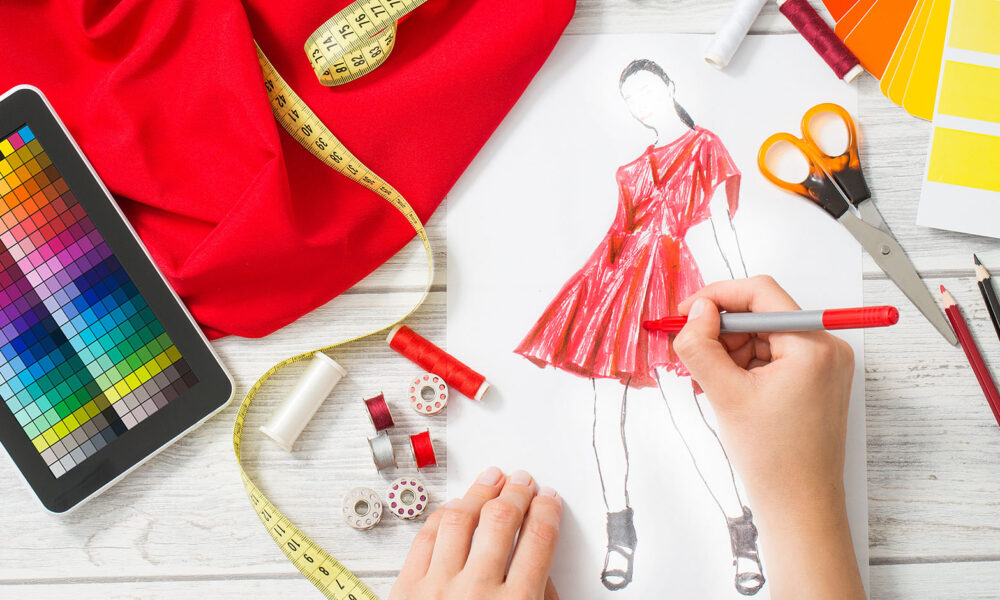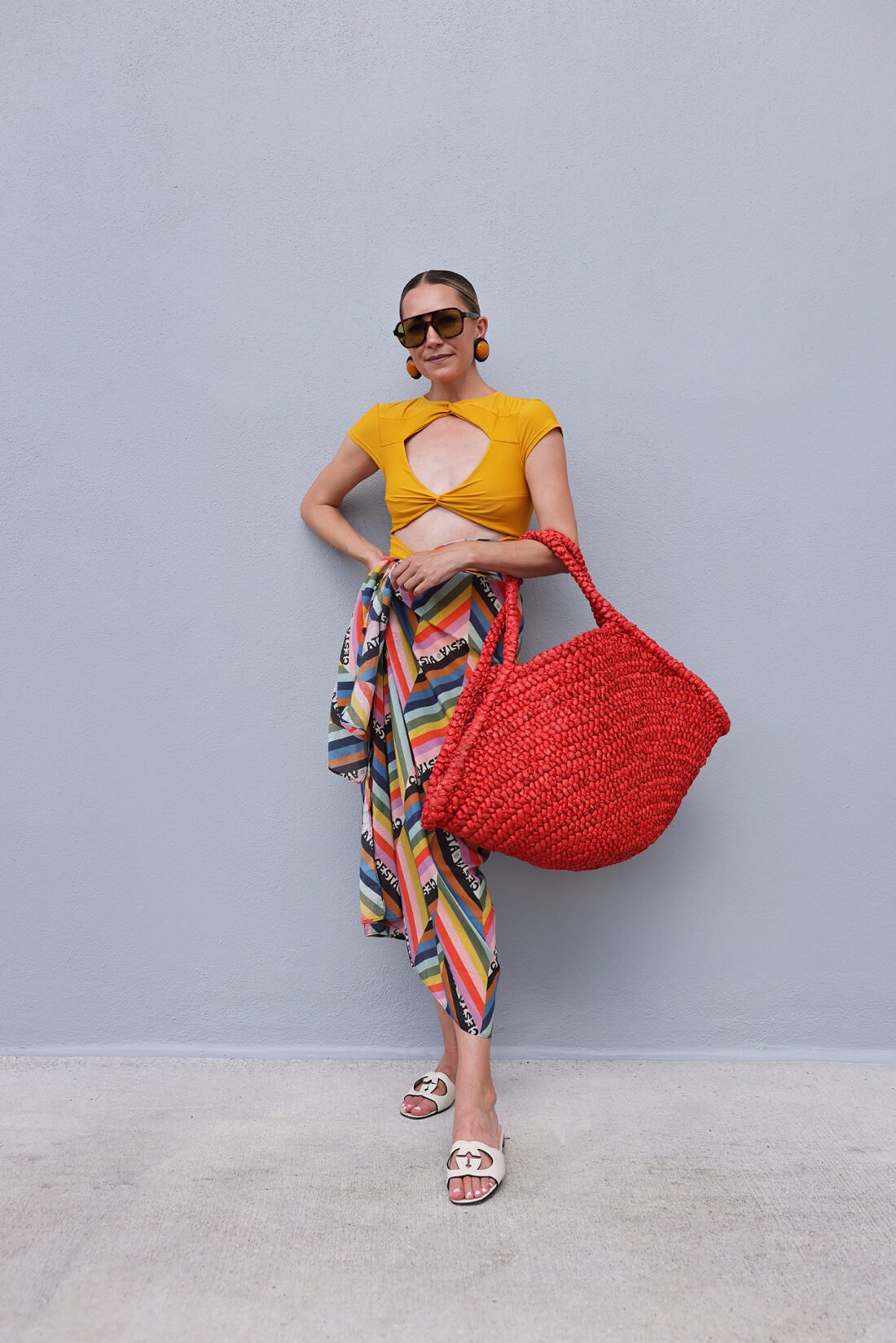[ad_1]
To receive the Vogue Business newsletter, sign up here.
South Korea is having a moment in the limelight. That’s good and bad for homegrown fashion brands.
While the country has long held the status as Asia’s trendsetter, thanks to an endless fascination with K-pop stars Blackpink and BTS and general Korean pop culture, high local and tourist demandand government backing for foreign operatorsin recent years it has emerged as a particularly reliable spot in APAC, while neighbours like China continue to be affected by Covid lockdowns and store closures. LVMH-owned DiorKering’s Gucci and French designer brand Ami have targeted South Korea, hosting fashion shows, store openings and parties.
This global hunger for Korean culture boosts the country’s profile on the world stage. But for emerging local fashion brands, it means stiff competition at home, where support for domestic talent is already weak.
Creativity and commerciality have long been at odds in South Korea’s culturally homogeneous market, says Seoul-based fashion designer Dongjoon Lim. It’s also dominated by chaebolsor Korean conglomerates such as Lotte, Hyundai and Shinsegae (which brought Acne Studios, Proenza Schouler and Loewe to the country in 2013, a year after it launched Celine and Emilio Pucci), due to their strong financial capability and large distribution networks.
Unlike cities such as London and Copenhagenwhere emerging brands strive for a spot on the official fashion week schedule, many Korean designers eschew Seoul Fashion Week due to low international attendance and visibility. Buyers are not interested either, with many local boutiques often preferring international fashion brands over homegrown labels, due to the belief that they’re “better” and cost the same anyway. This environment has made it tough for Korean creatives to innovate, Lim believes. “Most Korean fashion customers love Japanese or Western brands. They don’t buy domestic labels.”
As a result, many Korean designers play it safe, focusing on affordable, everyday basics, Lim says. “They don’t make experimental pieces or try a new design because there will be no-one to buy it.”
Now, a cohort of emerging Korean designers are bucking the trend with bold designs and a global growth strategy that’s catching the attention of fashionable shoppers at home.
The social media launchpad
Lim’s conceptual menswear brand is gaining traction abroad and at home. In 2018, he and Sookyo Jeong co-founded Post Archive Faction (PAF), which uses technical, multi-purpose fabrics to create clever, structural silhouettes. Since 2020, PAF has presented its collections in a Paris showroom, directly to buyers. In 2021, the brand was shortlisted for the LVMH Prize. Today, it counts over 40 global stockists, including Ssense, H Lorenzo and Dover Street Market. PAF, which has been self-funded to date, is profitable, with $2 million in revenues in 2021. The brand will close about $4-5 million by the end of 2022, a 200 per cent increase in sales, says Lim.
[ad_2]
Source link




